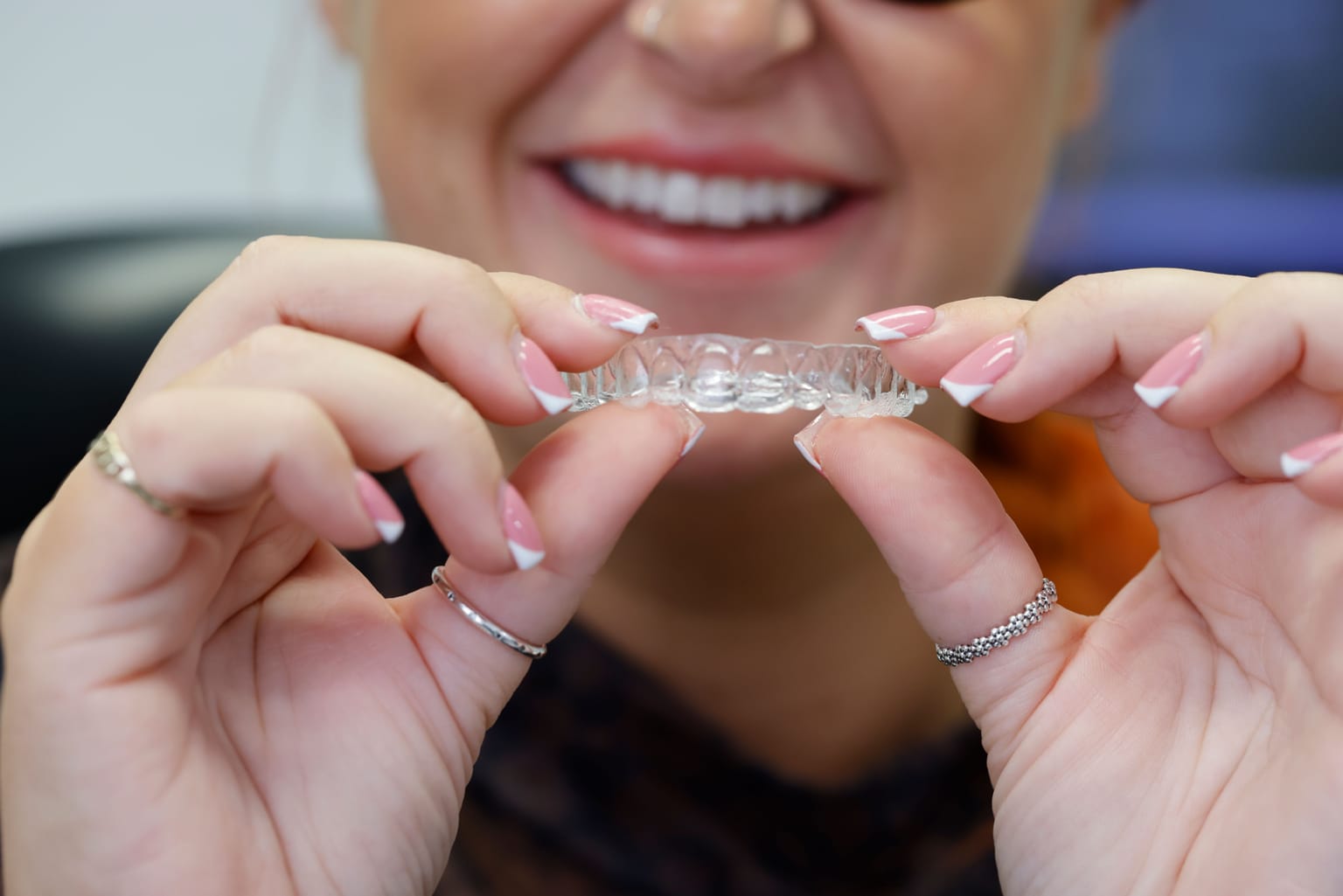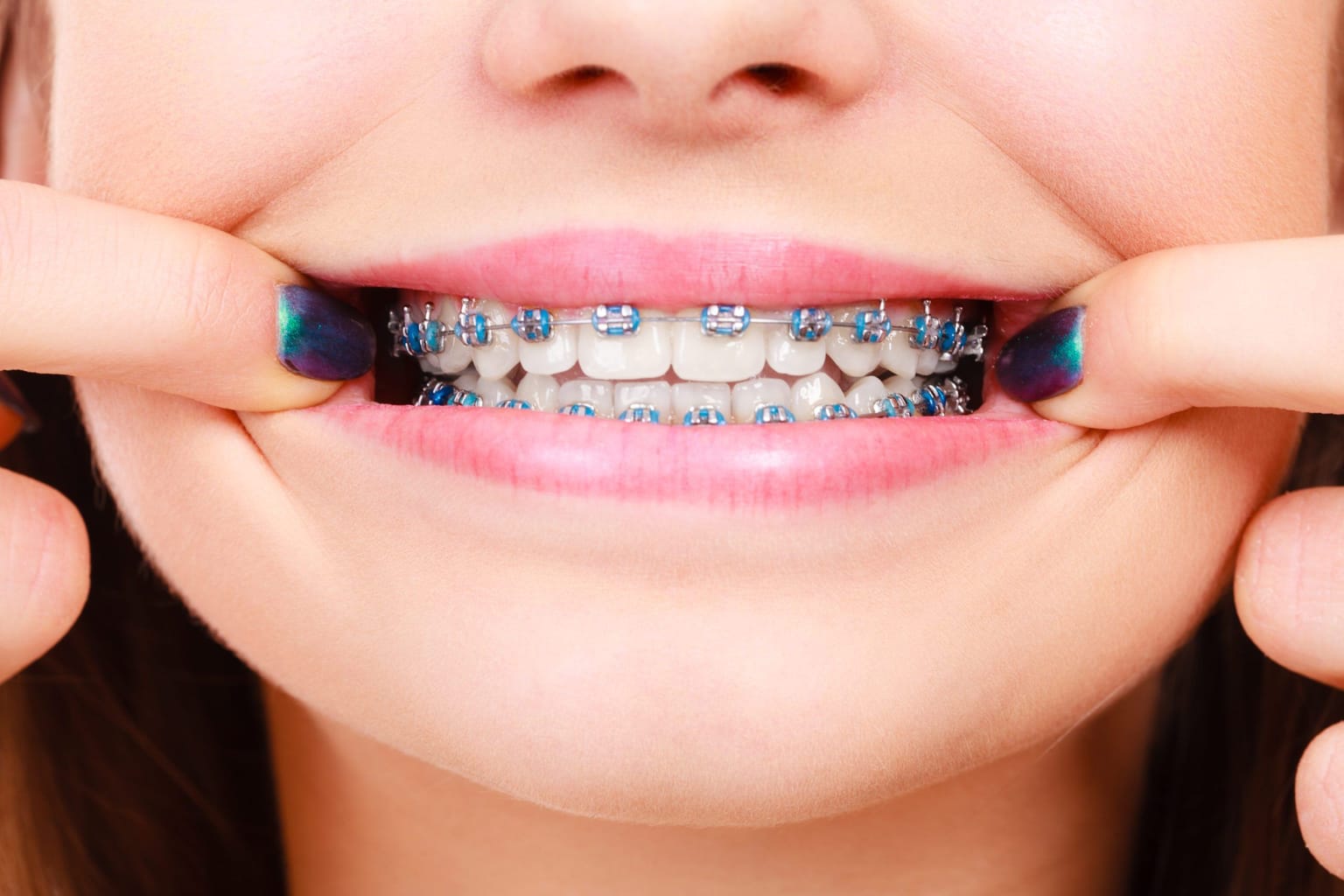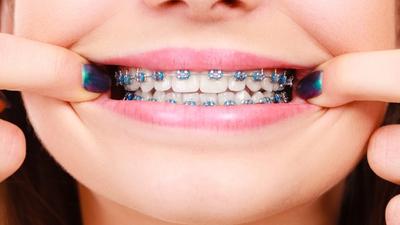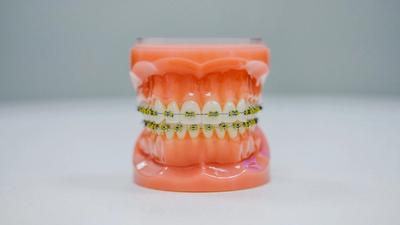Is Invisalign faster than braces?

Fast forward to your best smile
Orthodontic treatment is an investment in your oral health and appearance, it's natural to want to know the option that will produce results quickly. Both Invisalign and traditional braces are effective methods for achieving a straighter smile, however, they can differ in several aspects, including treatment duration. Let's take a quick look at what each treatment involves:
Invisalign: Invisalign is a modern orthodontic treatment that uses a series of clear, removable aligners to gradually shift your teeth into the desired position. These aligners are custom-made and designed to be virtually invisible when worn, which makes them a popular choice for people seeking a discreet orthodontic solution.

Braces: Traditional braces consist of metal or ceramic brackets bonded to teeth and connected by wires. This creates a gentle force to gradually realign the teeth. While they are more noticeable than clear aligners, traditional braces remain a highly effective treatment option for addressing various orthodontic issues.

So, is Invisalign Faster?
There's no one-size-fits-all answer. Here's why:
Treatment Complexity
One of the primary factors influencing the duration of orthodontic treatment is the complexity of the case. Invisalign is excellent for addressing mild to moderate alignment issues, such as overcrowding, spacing, and minor bite discrepancies. However, for more severe or complex cases, traditional braces may be recommended by an orthodontist.
Compliance and Maintenance
Another aspect to consider is patient compliance. Clear aligners are removable, allowing patients to take them out for eating, brushing, and flossing. While this offers convenience and flexibility, it also relies heavily on the patient's dedication to wearing the aligners for the recommended time each day. Failure to comply can prolong treatment time and hinder progress.
On the other hand, traditional braces are fixed in place - and so remain on the teeth throughout the treatment duration. This eliminates the risk of patients forgetting to wear their aligners but requires diligent oral hygiene practices to prevent issues such as plaque buildup and tooth decay. Patients must also attend regular adjustments with their orthodontist to ensure the braces are effectively guiding tooth movement.
Treatment Planning Matters
Through expert planning, your orthodontist can predict your tooth movements and identify any potential challenges that might arise. This allows them to consider the most appropriate treatment method and give you realistic expectations for treatment duration.
A comprehensive plan considers any potential risks associated with your needs, such as root resorption or gum problems. By anticipating these risks, your orthodontist can take steps to mitigate them and ensure a smoother experience.
Your orthodontist will discuss potential plans with you, explaining the rationale behind chosen methods and potential timelines. Open communication allows you to ask questions, understand the process, and feel confident about the recommended approach.
Finding Your Fastest Route to a Straighter Smile
The question of whether Invisalign or traditional braces offer a faster route is a common one addressed regularly by orthodontists. Let's consider a few examples to show how treatment duration might differ:
- Mild Crowding: For people with mild crowding, where the teeth are only slightly misaligned, Invisalign may offer a faster and simpler solution. With clear aligners tailored to gradually shift the teeth into alignment, treatment time could be relatively short, typically ranging from six months to a year.
- Moderate Crowding: In cases of moderate crowding, both Invisalign and braces could provide effective treatment. However, braces may be the preferred option for faster results, especially if precise control over tooth movement is necessary. Treatment duration could range from one to two years.
- Other Orthodontic Needs: For individuals with more complex orthodontic issues, such as more severe crowding, significant spacing, or bite discrepancies, traditional braces may offer a quicker path to a straighter smile. Braces provide orthodontists with greater control over tooth movement, allowing for more efficient realignment. Treatment time for such cases could extend beyond two years.
Talk to an Orthodontist
Ultimately, the best way to determine the fastest and most effective orthodontic treatment for your specific needs is to consult with a specialist. Through a comprehensive assessment, an orthodontist can evaluate your needs, discuss your treatment goals, and recommend the most suitable option for you.
If you have a specific treatment completion date like a wedding in mind, you can discuss this with your orthodontist in advance to understand how it might affect your treatment plan.
For expert guidance, take advantage of a free video consultation to discuss your orthodontic concerns and explore the treatment options best suited to achieve your dream smile.
At Windmill Orthodontics, our experienced Specialist Orthodontists are available across the North East and North Yorkshire to provide personalised recommendations, treatment length estimates and support every step of the way.














